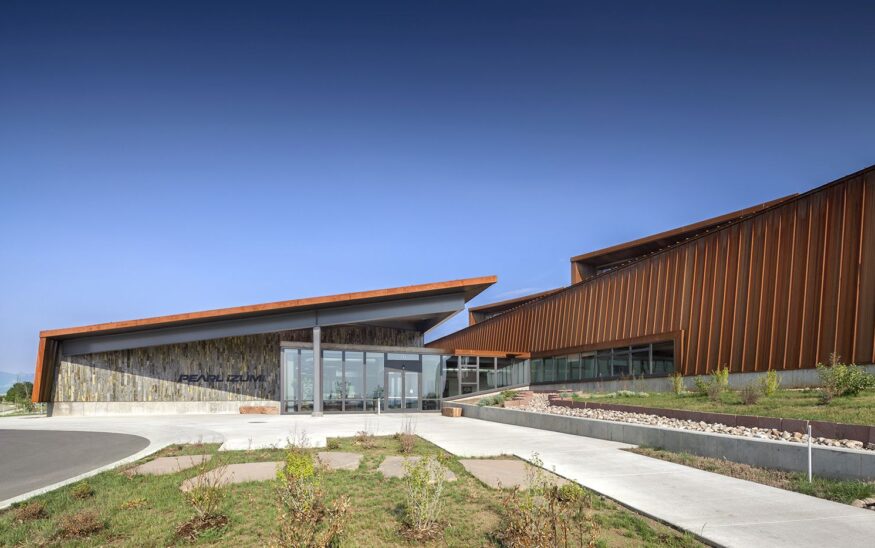The return on investment of good design


The return on investment of good design

AIA Colorado’s Design Awards recognize projects throughout Colorado and beyond for design excellence. Several commercial projects were recognized in 2015 like Studio Como, designed by LIVstudio.
When Architectural Record launched the first Good Design is Good Business awards program nearly two decades ago, for-profit, nonprofit and government agencies were just starting to acknowledge the benefits a thoughtful, well designed space could have on a workplace.
Today, good design has become a top priority for many leaders looking to boost productivity, retain employees, attract customers and keep their business competitive. But good design can also be good for business on a more practical level – a professional, well-conceived design can save an owner or developer thousands of dollars over the life of a project.
If you’re exploring an upgrade or expansion to an existing facility, or building an entirely new project, you should consult with a licensed architect. By leveraging an architects’ knowledge, skills and training you can maximize your budget, reduce your risk, and streamline the building process. An architect’s fee is often offset by the savings realized before, during and after construction.
Design Solutions to Realize Your Goals
As with every major undertaking, eventual success or failure begins with the plans you make. When you hire an architect, you’re bringing a highly skilled advisor onto your team. She or he will counsel you every step of the way – from dissecting the problems you face, understanding your budget and objectives, and then presenting design solutions unique to your situation.
The designs may incorporate key aesthetic trends, but also should take into account deeper factors such as your client or staff behavior, energy consumption, acoustics, resilient materials, your specialized technology, and capitalizing on natural light. With your input, the architects’ design will become your plan – the literal blueprint – for your building to help achieve your long term goals.
Dollars and “Sense”
Detailed drawings will account for local building code requirements and make it possible for your contractor to integrate best building practices, accurately price and control costs, and prevent possible missteps down the road. If unforeseen circumstances arise, your architect is nearby to adapt the drawings to meet your evolving needs.
When it comes to sourcing materials and labor for construction, an architect’s contribution is invaluable. Not only will an architect help you get fair-priced bids for construction based on your organization’s unique needs and requirements, she or he can steer you toward the most durable, cost-effective and energy-efficient building materials available.

The Source, designed by Dynia Architects and Barker Rinker Seacat Architecture, received a Citation Award for Built Architecture in 2015.
This benefits your bottom line because using the right materials will increase your project’s lifetime, saving you money on maintenance and replacement costs over the years. And as we all know, energy efficient materials will cut down your fuel bills. On top of sourcing materials and labor, an architect can help monitor construction progress to assure your plan is being followed, identify possible problems along the way, and work with you and your contractors to address them.
The Long Term
A professionally designed building pays dividends over the course of its life. It will draw people in and invite them to stay, move about, or behave in desired ways, be they clients, residents, patients or employees. And a building designed with energy efficiency and resiliency in mind should perform well and stand the test of time. When your new space enhances the experience of inhabitants while protecting and extending your resources, you will see how working with an architect is a great return on investment.
To better understand how building design impacts human health, building performance, energy efficiency and the environment, The American Institute of Architects supports research efforts such as the Design & Health Consortium, the AIA 2030 Commitment, and Building Research Information Knowledge Base (BRIK®). Learn more at aia.org.
(This sponsored content was provided by AIA Colorado.)

Cathy Rosset is Executive Vice President/CEO of AIA Colorado. Cathy also serves as Vice President for the Council of Architectural Component Executives and various national AIA committees and task forces. Learn how AIA architects are shaping Colorado at www.aiacolorado.org.













